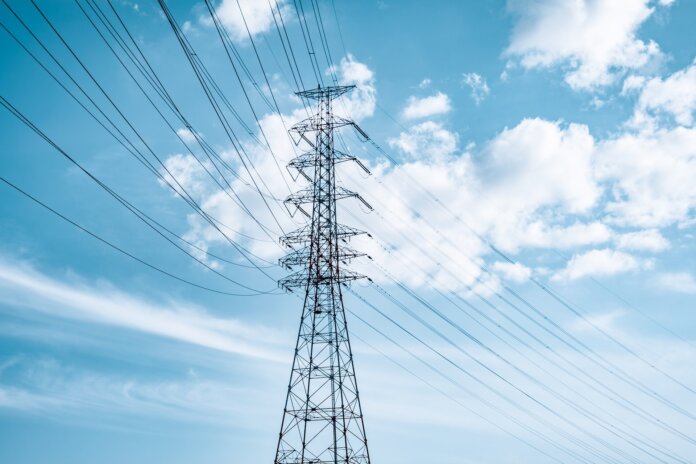The American Council on Renewable Energy (ACORE) recently quantified the potential economic benefits of the onshore renewable energy projects awaiting grid connection in PJM, the largest electricity market in the United States.
Findings from the report, Power Up PJM, show that if these renewable projects could be brought online at the pace PJM was approving projects in the recent past (from 2011 to 2016), 34 GW of new renewable power could reach commercial operation in the region over the next four years, enabling nearly 200,000 job-years and approximately $33 billion in capital investment.
“Tens of billions of dollars and thousands of good-paying jobs are being left on the table because of broken interconnection and transmission planning processes,” says ACORE president and CEO Gregory Wetstone. “The current grid backlog is unprecedented. With commonsense reforms, grid planners and operators could ease the logjam in our nation’s interconnection queues, accelerating the renewable transition and delivering meaningful economic and health benefits to states across America.”
To begin solving these issues, the Federal Energy Regulatory Commission (FERC) recently approved a set of procedural reforms that have begun a four-year transition period for PJM to evaluate pending interconnection applications. ACORE’s new analysis focuses on the 2,003 renewable energy projects in this transition cycle for PJM and includes a state-by-state breakdown of the potential job creation and capital investment these projects can deliver.
Virginia is projected to see the most benefits, with the potential for over 50,000 job-years and $8.5 billion in capital investment, followed by Illinois (nearly 32,000 job-years, $5.5 billion in capital investment), Ohio (over 29,500 job-years, $4.8 billion in capital investment) and Indiana (nearly 29,000 job-years, $4.7 billion in capital investment).
The report also quantifies how interconnection reforms could have yielded even greater benefits – an additional 100,000 job-years and nearly $17 billion in capital investment over the next four years – if PJM had proactively planned more transmission. Power Up PJM concludes with a set of recommendations for both PJM and FERC that would help improve the interconnection process and reduce future backlogs.
Photo by Yuan Yang at Unsplash.




